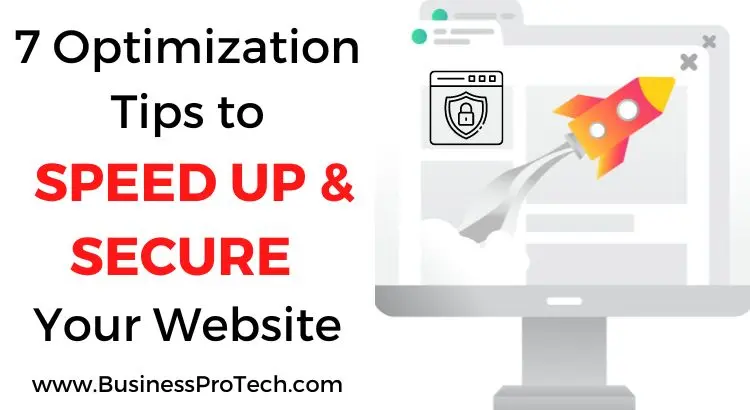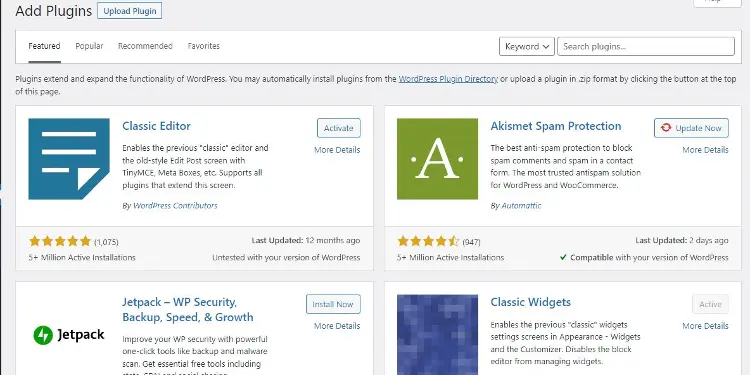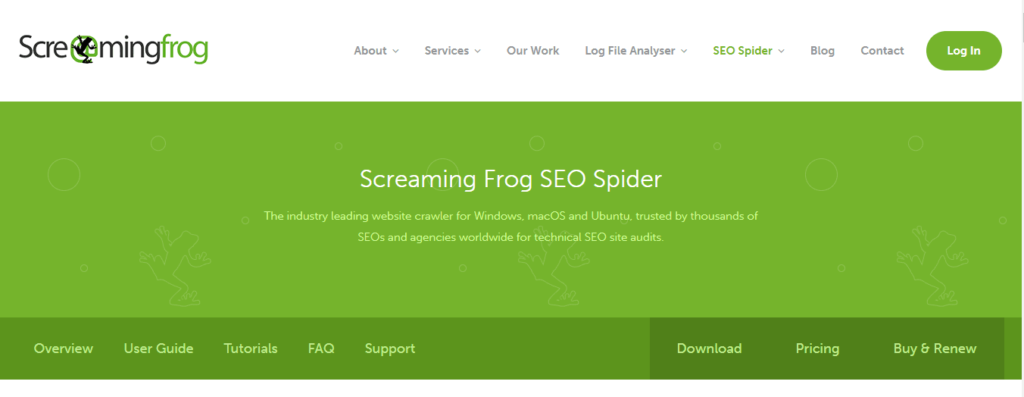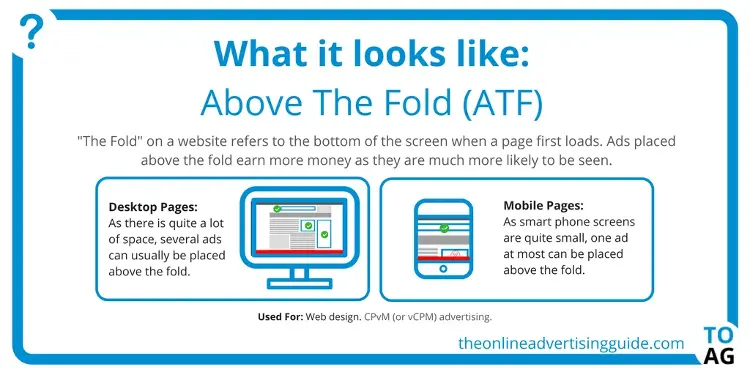Anyone’s business website’s loading time creates a first impression on the visitor. It’s critical to realize that the organization only gets one chance to get the user experience right.
A slow website is among the things that will make consumers dislike business resources. Greater conversions, interactivity, lower bounce rates, higher rankings in keyword research, and improved user experiences are all outcomes of a high-performance and secured website.
The cost of slow websites is income loss and reputational risk. An organization’s sales and marketing operations will benefit from faster page loads.
Even a secure site also needs website optimization and faster page loading time.
Justifications for Boosting the Performance of the Website: A common error made by website owners is to assume their websites are efficient enough already without checking their actual results.
- The majority of websites these days load fairly quickly if the user has a high bandwidth connection.
- According to research, many users are surprisingly impatient with long page loading times. Nearly 47% of visitors anticipate that every website will respond in only a few seconds or less.
- The ideal web page load time for the majority of websites is 3 seconds or less.
- An organization may see a decline in conversions of up to 5% for each extra minute that a web page takes to open.
7 Optimization Tips to Speed Up and Secure Your Website

One can begin improving their website after testing its speed. There are many optimization tips to speed up a website, and below are tips that are the best ones.
Cut Back on the Number of Plugins
Plugins are a core component of every website. They include certain elements that were suggested by outside sources. Unfortunately, running additional plugins requires more system resources.
As a consequence, the website operates more slowly. Experts recommend going through each plugin installed and removing any that aren’t necessary.

Perform performance evaluation on any page to see which plugins are causing the website to load slowly.
Minimize using plugins that produce multiple database queries. The best course of action is to simply keep what is necessary and to make sure that it is kept current.
Activate Gzip Compression
The web pages will load more quickly if the associated files are smaller. Another of the simplest ways to speed up loading speed is to compress data and using Gzip to enable compression is now considered the best practice.
The text files can be made smaller by using the file format and program Gzip, which basically finds and temporarily substitutes strings of code that are similar in the files.
Because CSS and HTML files frequently contain recurring code and whitespace, this performs very well.
Turn on Browser Caching
When a visitor visits a website, content from the web page that they are on is temporarily stored on the hard disk drive in a cache buffer.
This implies that the browser will be able to load the page at an upcoming time when the visitor visits the website without making another HTTP call to the server.
Only a small portion of the website has to be uploaded on repeated visits once the page has been viewed and the various components have been stored in the user’s cache.
Limit the Website Redirects
Redirecting users to another page on the website results in extra HTTP requests, which has a detrimental effect on the performance. Experts suggest minimizing them or doing away with them altogether.
By performing a site audit, the website owner should first find all redirects on their page. Screaming Frog can help to quickly spot redirection.

Then the website owner must determine whether it is one of the essential optimization tips for website performance or not.
Besides it, if the site is not running on HTTPS then enable it to secure the website from data spying activities.
There are a few reputed SSL certificates that can enable HTTPS on the website including a UCC SSL certificate for multiple domains, wildcard SSL for securing subdomains, and a single domain SSL.
Make the Website’s Image Sizes More Appropriate
Everyone enjoys striking visuals. Images are a crucial characteristic of effective eCommerce websites. Engagement is improved by having several photographs, images, and graphics on the company websites.
The drawback of using images is that they are frequently big files that make websites load slowly.
Utilizing online programs or tools to compress photos is the easiest approach to minimizing the size of an image without sacrificing its quality.
The process could take some time, but it’s worthwhile. Using the srcset > and size > HTML adaptive image attributes, which modify the size of the image according to user screen parameters, is yet another technique to decrease the picture size.
Reduce the Reliance on Web Font Size
The use of web fonts in web design has grown significantly. Regretfully, using online fonts slows down the speed at which pages are rendered. Web fonts increase the number of HTTP queries to outside resources.
The steps listed below will assist in reducing the volume of online font traffic:
- Utilize WOFF2 for contemporary browsers
- Always use character sets that are used on the website
- Only select the required styles.
Give above-the-fold Content Precedence (Lazy Loading)

There is one caution that the website owner needs to take into account after it was suggested that they use only one CSS stylesheet and no inline CSS.
Even though the remainder of the webpage takes a while to appear, designers can enhance the user experience by making the above-the-fold (top of the page) area load faster.
Lazy loading is what this is known as, and it is especially useful for web pages with a lot of content underneath the fold.
Wrapping Up!
It is a difficult task to get the website loading speed time where the website owner wants it to be, but it will significantly improve the performance of the entire site.
An average user now anticipates a website loading in under 3 seconds. The website will lose a lot of visitors and, consequently, money if it can’t live up to these expectations.